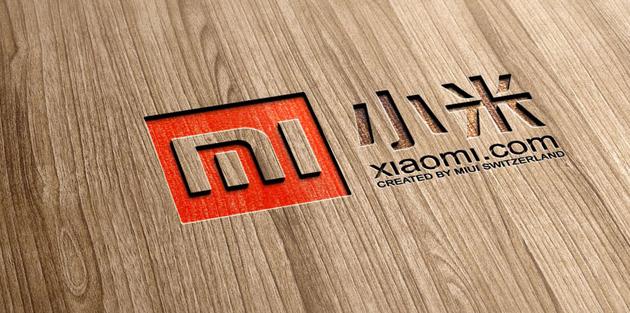
As the financial reports of Xiaomi for 2015 states, it wasn't a great year for the Chinese smartphone giant. Make no mistake though as Xiaomi did not suffer any losses and their annual sales report suggests that the company sold over 60 million units in 2015! However, where it failed was in matching up to its own expectations. After an extremely successful 2014 which had put them even ahead of LG in the list of top five mobile phone manufacturers internationally, Xiaomi had set themselves a sales target of 80 million units by the end of 2015.
The business model followed by Xiaomi (and a lot of other Chinese manufacturers) works by creating a controlled situation where the demand is always greater than the supply, at least in the beginning. The aggressive advertising strategy, coupled with "flash sales" that only allow a limited number of the handsets to be sold at any one time, made Xiaomi the number one startup venture in the tech segment ($45 billion) in 2014.
Some business analysts are of the opinion that the best days of Xiaomi are behind them as their low-cost high-performance devices are no longer unique. Chinese manufacturers have flooded the market in 2015 with cheap but powerful devices. This has not only made it more competitive for Xiaomi, but has also made flash sales a risky strategy. People may no longer wait to buy a smartphone that's out of stock because another product would be available to them with the same specs and a similar price tag.
Things in 2015 did not look that good for Xiaomi in its own country either as Huawei replaced them as the number one smartphone maker in China. If Xiaomi has to go back on top of the list again, they will have to hit harder in 2016.
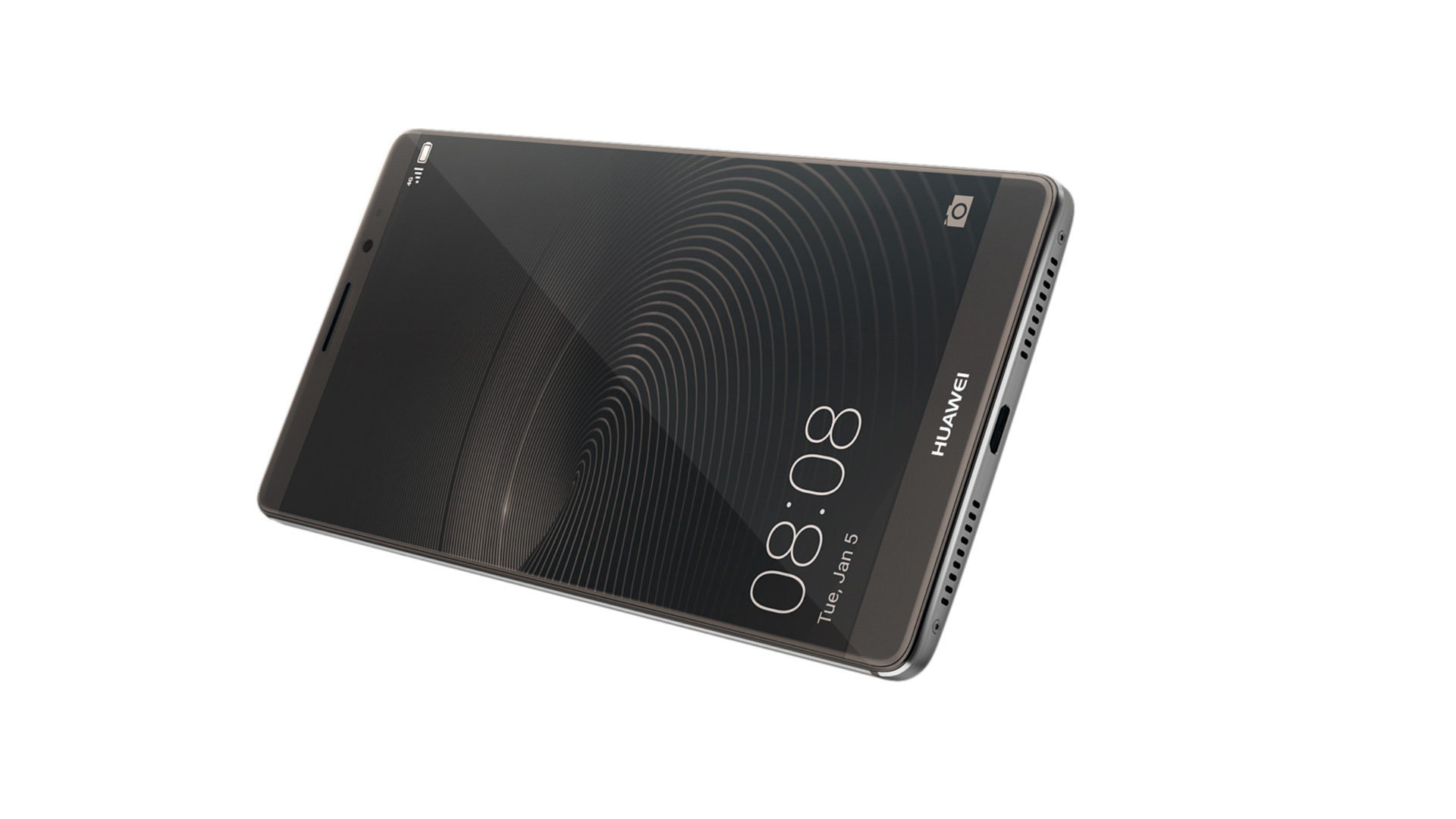
After being announced in China over a month ago, Huawei plans to go global with their new flagship as stated by the company itself at the CES during their press conference. There is bad news for Huawei fans in the US though, as the mate 8 won't be released in the States anytime soon. That being said, it could definitely get a launch after a few weeks but just not right away.
The Mate 8 is powered by its Huawei's own HiSilicon Kirin 950 chipset, which is allegedly the most powerful mobile SoC in existence today. Huawei claims that the new 950 offers significant performance upgrades over its predecessor, the Kirin 925, while at the same time being 70% more power efficient. The HiSilicon chipset has the highest score ever recorded on AnTuTu, beating even the likes of the Samsung Galaxy S6, the Note 5 and the iPhone 6s. The real world usage and feel may however largely depend on how it incorporates its EMUI 4.0 over Android Marshmallow.
Other notable specs of the Huawei Mate 8 include a beautiful but unwieldy 6-inch Full HD IPS panel, a 16 megapixel CMOS Sony sensor (IMX298 BSI) with f/2.0 aperture, a 8 megapixel selfie cam with f/2.4 aperture, 3/4GB of RAM, 32/64GB of internal storage and a massive 4000 mAh battery with quick charging capabilities to power it all. Regarding the price, it will go on sale at €599 without taxes for the 32GB ROM/3GB RAM version and €699 without taxes for the 64GB ROM/4GB RAM edition.
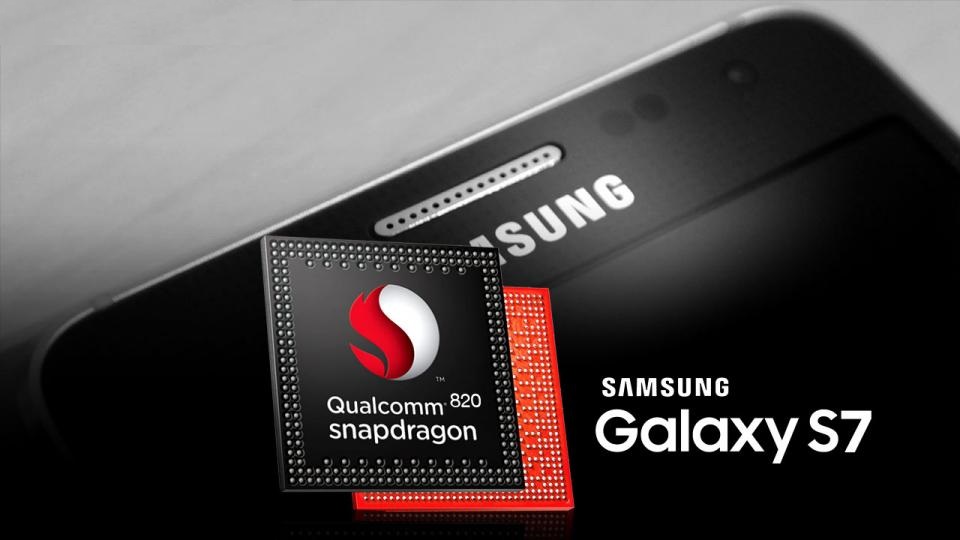
It wasn't LeTV, but Qualcomm who revealed the upcoming LeTV Le Max Pro as the first Snapdragon 820 powered smartphone. At the Consumer Electronics Show (CES) 2016 in Las Vegas, Qualcomm made two major announcements with the first being an introduction to the automotive Snapdragon 820 chipset, termed "820Am." Apart from helping the driver with real time assistance in navigation and performing other "smartcar" functions, the Snapdragon 820 Am will also enable movement-tracking when supported by appropriate hardware sensors.
The 820 is actually a quad core processor wherein last year's 810 was an octacore CPU. There are four Kryo processor cores inside the CPU and each one is clocked at 2.2 GHz by default. Apart from the Snapdragon 820 processor, the LeTV Le Max Pro will be powered by an Adreno 530 GPU and 4GB of RAM.
The extremely well-built Le Max Pro will offer three non-expandable storage options; 32GB, 64GB and 128GB. The enormous 6.33 inch 1440p display is beautiful to look at and perfect for consuming media, albeit a little too large for smaller hands. A 21 megapixel camera and an ultrasonic fingerprint scanner further add to the repertoire of the most powerful phone announced so far (theoretically). We will just have to wait and see if such a huge 2k display and the Snapdragon 820 SoC proves to be too much for the 3400 mAh battery housed within.
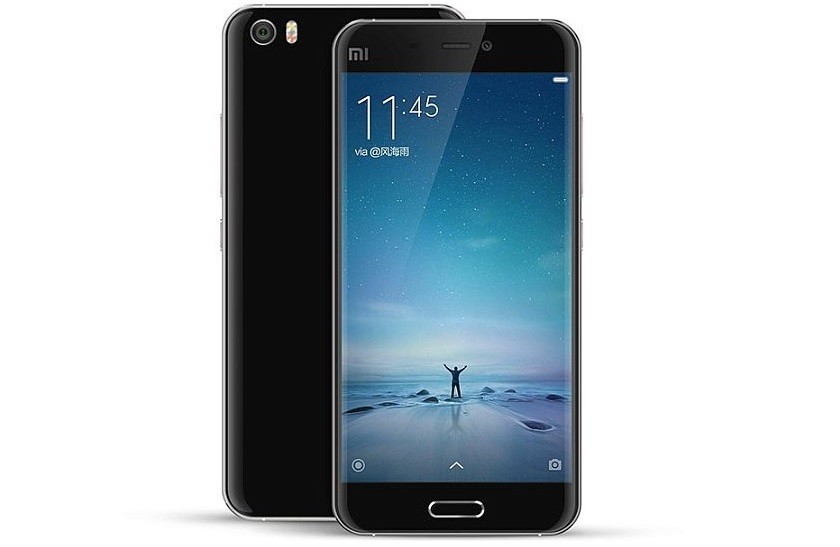
Xiaomi's Mi 5 flagship smartphone whose launch was delayed, will now launch some time after the Chinese New Year in February, as per a post made in social media by the company's cofounder, Liwan Jiang, on Wednesday. He also revealed that the Mi 5 will be powered by a Qualcomm Snapdragon 820.
Xiaomi phone enthusiasts were disheartened in November when the Chinese smartphone manufacturer pushed new set of devices into the market - the Redmi Note 3 and Mi Pad 2. They also made it official that there won't be any more new device related announcements in 2015. Qualcomm was at the receiving end for this delay.
According to various reports the Snapdragon 820 is supposed to be much better than the troublesome Snapdragon 810, which affected several of 2015's major smartphones. The Mi 5 will be backed by 4 GB of RAM and have 32 GB and 64 GB variants. Other speculations about the Mi 5 include full metal body, fingerprint scanner, QHD display, a 16 MP primary snapper and massive 13 MP camera in the front along with a powerful 3,600 mAh battery featuring Qualcomm's Quick Charge 3.0 standard.
The Mi 5 is expected to have a 5.2-inch display, encompassing a huge 565 ppi. As per Previously leaked price details, the smartphone will be available at $310 and $390 US dollars. But these prices are not yet official. .
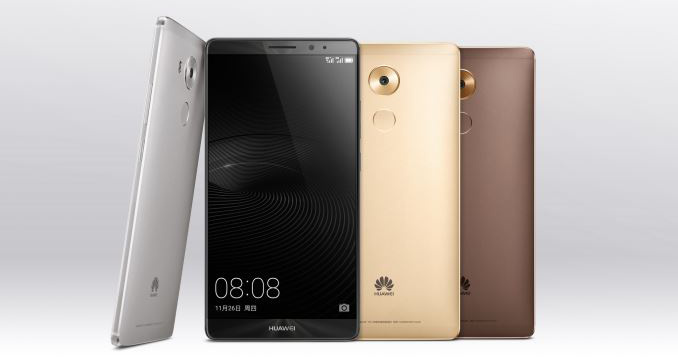
In November, 2015 Huawei announced that it would launch its next model in the Mate series - the Mate 8. This Mate device boasts an all-metal body with a 6-inch screen (1080 x 1920 resolution), 64-bit Kirin 950 SoC developed by Huawei itself, 3 GB / 4 GB RAM backing, and 32 GB / 64 GB of internal storage space which can expanded via microSD card to stretch up to 128 GB. It features a 16 MP primary camera, mated with a Sony IMX298 sensor, phase detection auto-focus, and a robust tri-axis optical image stabilization, and an 8 MP selfie camera. Mate 8 is powered by a powerful 4,000 mAh battery, which seems marginally smaller than the 4,100 mAh battery present in the Ascend Mate 7.
At CES 2016, Huawei has just unveiled that the phone is getting launched today, January the 5th. Although the availability of the phone is in different locations is not yet known, sadly it won't be available in the US market. As per an earlier leak and an FCC visit, it is speculated that Huawei might be planning a launch in the States sometime in 2016.
Pricing of this device will depend on region and official figures are yet to be known, but going by previous leaks, the Huawei Mate 8 will begin at $470 (2,999 yuan) for the 3 GB RAM, 32 GB storage variant, and reach $580 (3,699 yuan) for the 4 GB RAM, 64 GB storage variant. Although there are rumours about a 4 GB RAM, 128 GB storage variant costing $690, till now the chinese device maker has not made any official announcement.
© 2023 YouMobile Inc. All rights reserved






